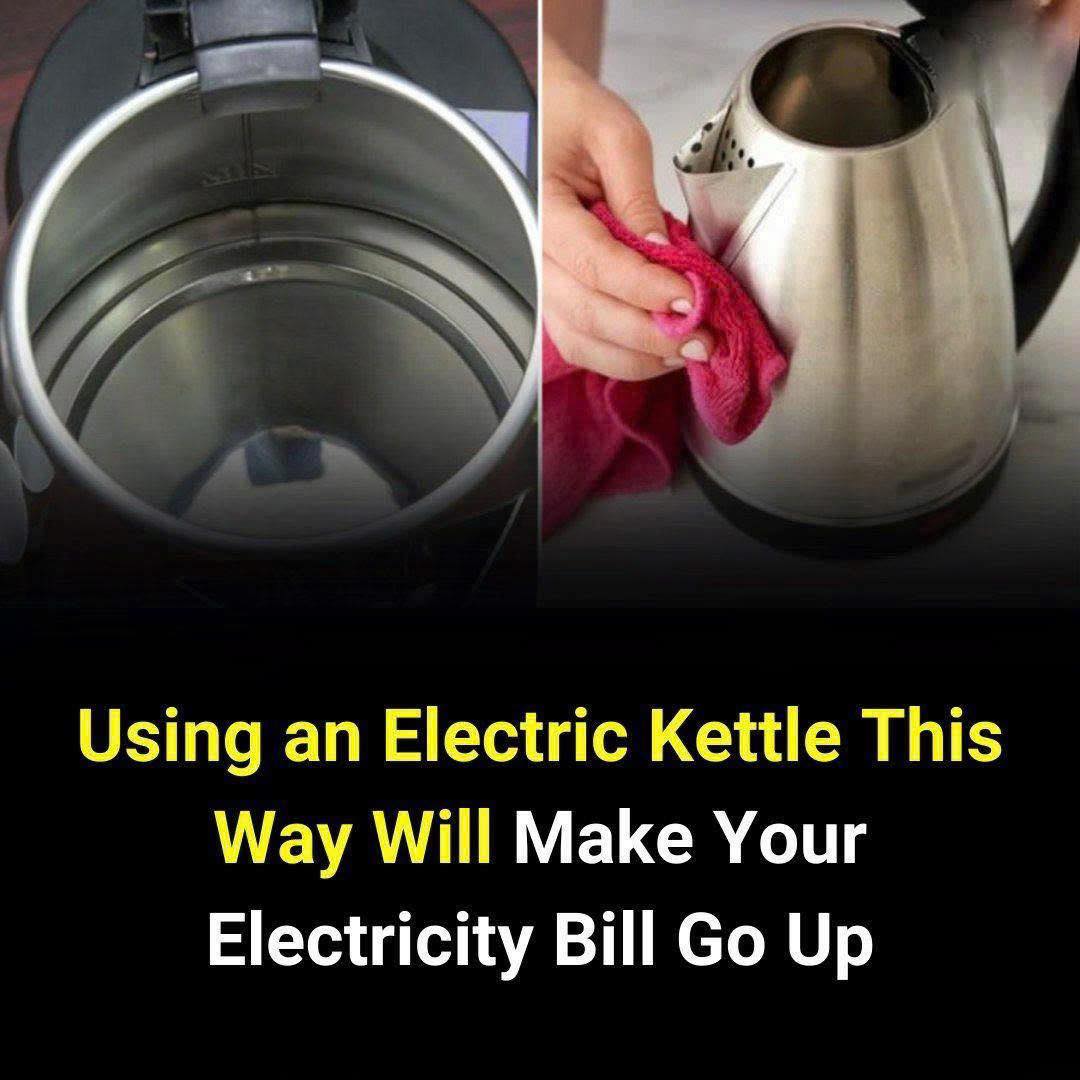2. Using the Electric Kettle for Cooking Food
Remember, electric kettles are designed for boiling water, not for cooking food like boiling eggs or making soups.
Placing food in the kettle can cause oil, food residue, and particles to stick to the kettle’s walls, reducing the appliance’s lifespan and increasing energy consumption. Additionally, food cooked in an electric kettle might not cook properly and could lack flavor.
3. Boiling Water in a Room with Air Conditioning or Fans
Boiling water in a room with air conditioning or a fan wastes the heat energy of the kettle, causing the water to boil slower and using more electricity.
4. Not Adding the Correct Amount of Water
Each electric kettle has a minimum and maximum water level for safe operation. If you boil water below the minimum level, it can cause the water to evaporate too quickly, leaving residue inside the kettle, which may lead to overheating and fire hazards.
On the other hand, if you fill the kettle above the maximum level, it can cause water to spill over when it boils, leading to electric short circuits and fires, which are very dangerous.
So, always follow the recommended water levels indicated by the manufacturer.
5. Not Closing the Lid or Closing It Incompletely
If the kettle lid is not closed properly, more heat will escape, causing the water to boil slower and using more electricity. Some kettles are designed with an automatic shut-off feature that activates when the lid is tightly closed. If the water boils but the kettle doesn’t automatically shut off, it can lead to overheating, dam.age, or even an explosion.
ADVERTISEMENT
